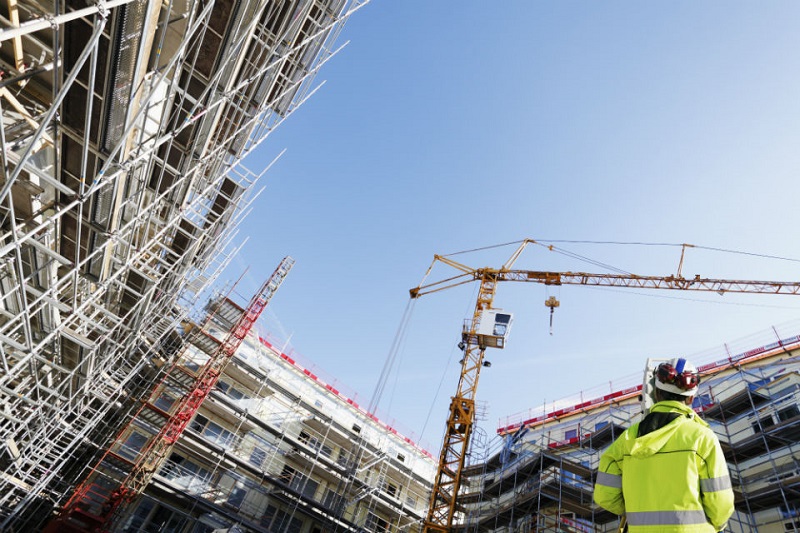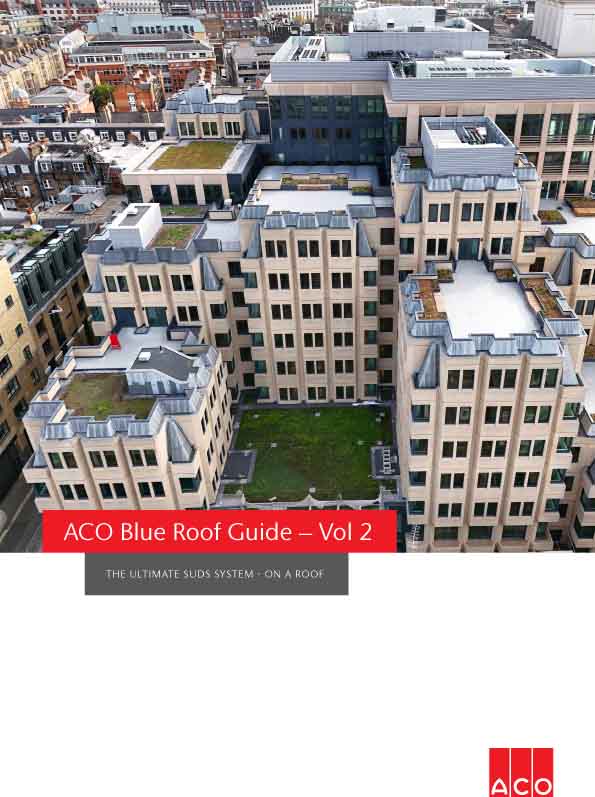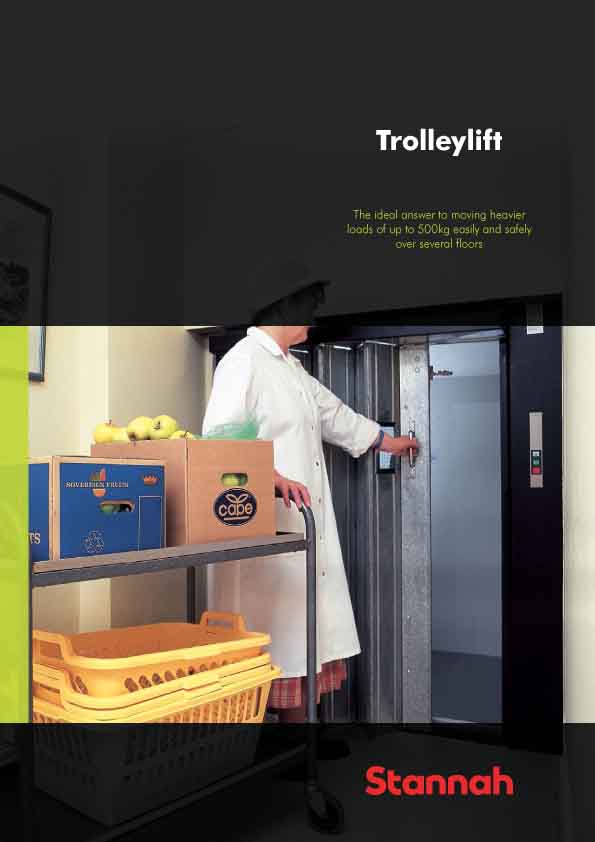Excluding the potential impacts of the recent US tariff disruption on the global and UK economies, the Construction Products Association’s Spring Forecasts show that construction output is only expected to recover gradually.
Following two challenging years that have particularly affected the two largest sectors – private housing new build and repair, maintenance and improvement (rm&i) – total construction output is expected to grow by 1.9% in 2025 and 3.7% in 2026, from a low base.
This is a slight revision down from the Winter Forecasts due to a slow start to activity this year, weaker UK economic growth prospects, higher inflation for longer and subdued consumer and business confidence. Furthermore, rises in the National Living Wage, employers’ National Insurance Contributions, and falling thresholds, from 1 April, will increase costs throughout the supply chain.

In private house building, activity continues to recover gradually, but house builders reported that it has been a slower start to this year than anticipated, as affordability and a lack of demand remain the key constraints, with mortgage rates remaining high and no government policy stimulus.
Furthermore, developers working on high-rise apartment blocks continue to suffer from 6-9 month delays at the Building Safety Regulator, which disproportionally affects new house building in London and Build-to-Rent developments.
On the positive side, however, the Government published its National Planning Policy Framework, and its Planning and Infrastructure Bill is currently being passed in parliament. This may help deal with one constraint, but according to larger house builders, activity from the measures is unlikely to be seen on the ground until at least 2027 due to developments already in the pipeline with planning permission. Overall, private housing output is forecast to rise by 4.0% in 2025 and 7.0% in 2026 and the risks remain weighted to the downside.
Private housing rm&i is the second-largest construction sector, and it continues to benefit from a consistent stream of energy-efficiency, solar photovoltaic and cladding remediation work. Outside of this, however, rm&i activity has been slow to start this year.
A rush in property transactions before Stamp Duty changes on 1 April and a strong link between transactions and home improvement work within the first 6-9 months of moving in were expected to lead to a recovery in the sector in 2025 H2. This is especially the case as households have now had a sustained period of real wage growth and many homeowners have finance available for home improvements. This may still be the case, but the key is whether they will be confident enough to spend it, and a recent increase in the savings ratio suggests that households are more focused on saving rather than big-ticket item spending. Overall, private housing rm&i output is expected to rise by 2.0% in 2025, with any growth at the backend of the year, and 3.0% in 2026.
In infrastructure, the third-largest construction sector, activity continues to remain strong on major projects such as Hinkley Point C and HS2, whilst the Lower Thames Crossing has been given the go-ahead as expected, although construction work will still not start until 2027, and it will be privately financed. Energy generation activity will be the key driver of growth as wind farm activity ramps up and increases in capital expenditure in the water sub-sector to deal with high-profile water quality issues will also lead to a step-change in activity from 2026. However, whilst the headlines coming from government suggest record levels of investment in roads near-term, spending on road projects this year will be £5.0 billion less than it previously has been, and only two large road projects are expected to start this year. As a result, roads output is forecast to fall this year. Overall, infrastructure output is expected to rise by 1.8% in 2025 and 4.5% in 2026.
Commenting on the Spring Forecasts, CPA Head of Construction Research, Rebecca Larkin, said: “After a difficult couple of years, the fundamentals still point towards a return to growth in construction activity in 2025 and 2026. A gradual improvement in UK economic activity and government’s commitment to capital expenditure should boost demand, whilst government’s easing of planning for house building, infrastructure, data centres, gigafactories, schools, hospitals, and prisons should also help delivery in the medium-term.
“The big risk is the potential impacts of the US tariff disruptions in April. There is likely to be only a limited direct impact of tariffs on construction as three-quarters of construction products used in UK construction are sourced domestically. Even when the UK imports construction products, two-thirds are from the EU. However, this could be overshadowed by any effects on global and UK economic growth and the increase in uncertainty. This uncertainty adds a higher risk over the cost of new large projects, contractors working on existing fixed-price contracts and is also likely to dent investor confidence. As a result, it could mean a delay or hiatus in contract awards and tenders for new, large commercial, industrial and build-to-rent developments, in addition to less appetite for private investment in infrastructure.
“The CPA is forecasting construction output to rise by 1.9% in 2025, and over three-quarters of this growth (79%) is expected to be driven by private sector investment. UK construction is pro-cyclical, meaning construction activity moves in line with the UK economy. Nevertheless, construction activity is also three times more volatile than the UK economy so it would not take a significant hit to global and UK economic growth for construction growth to be badly affected over the next 12-18 months.”




















